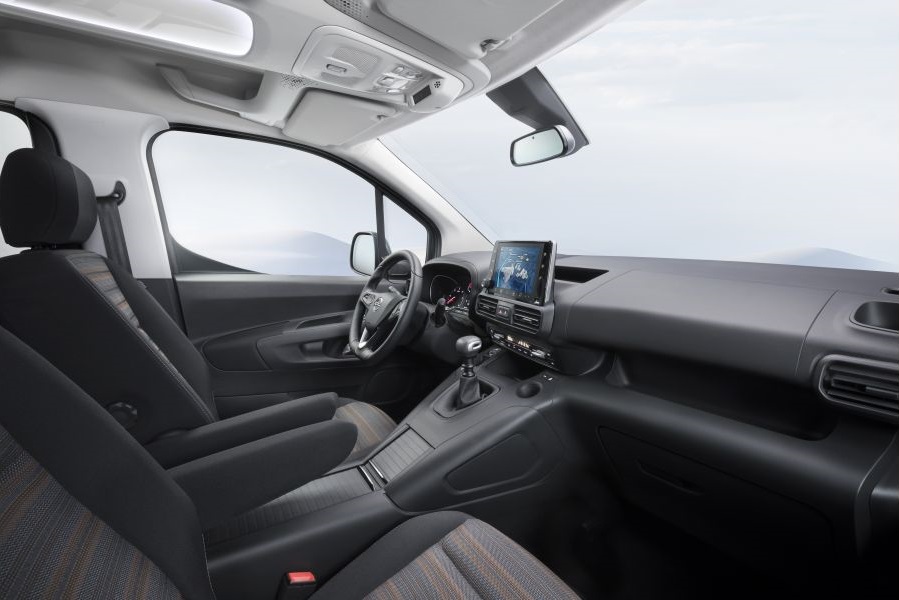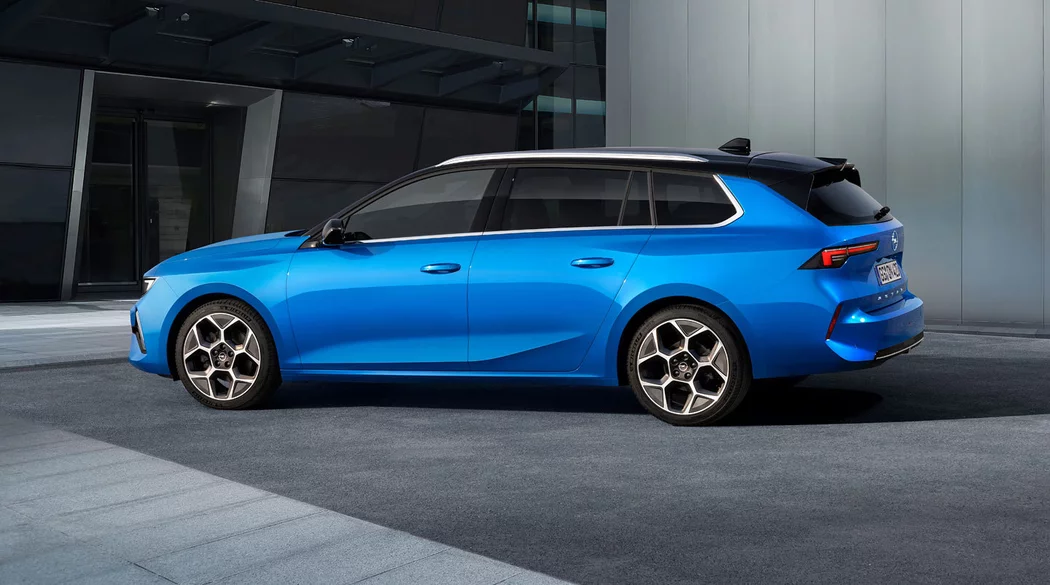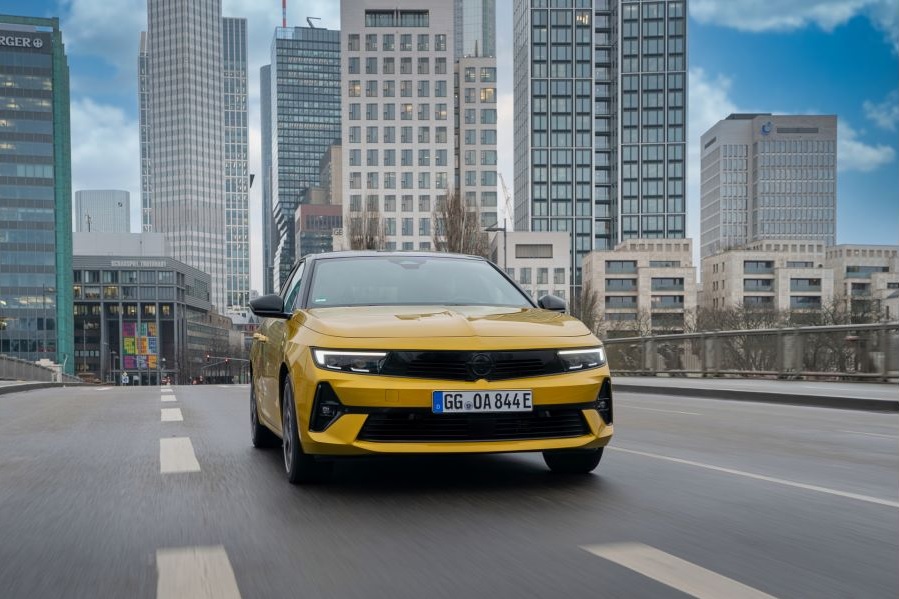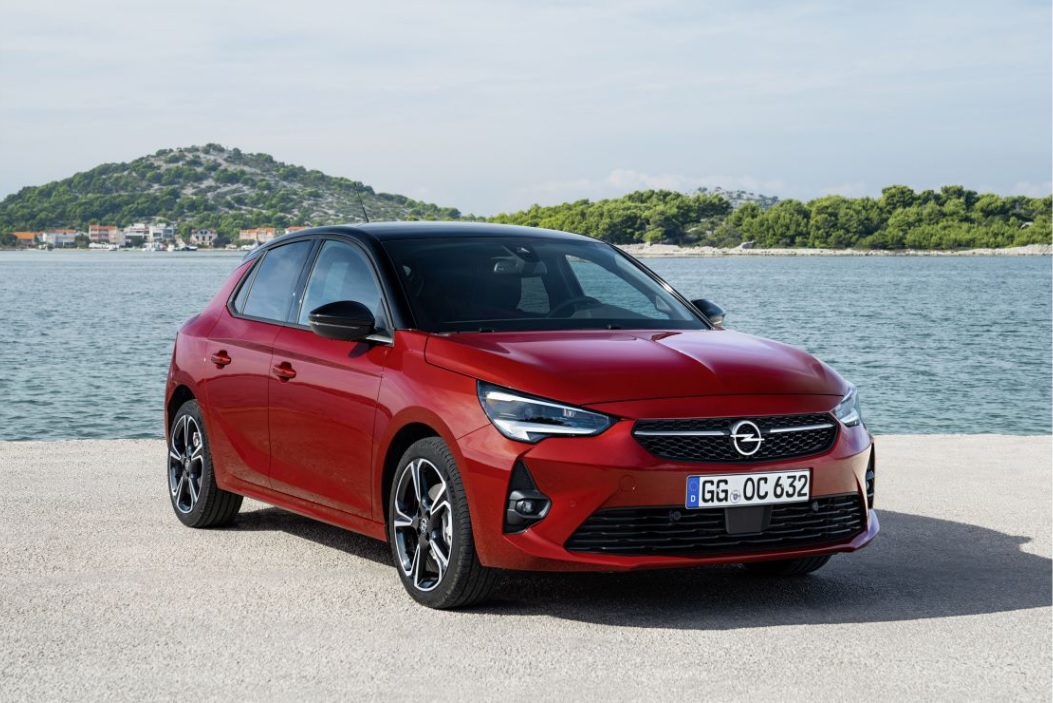German Opel Combo comes in two variants, the Van utility version and the Life family version. There are also two size versions: a five- and seven-seat XL version, which can provide a staggering 2,693 litres of boot space.
Main strengths of this car are its spaciousness, practicality and good storage layout. The interior is airy, offering plenty of legroom and headroom, and the rear row of seats consists of three full-size seats that can comfortably seat adults without feeling cramped.
The equipment also comes as a pleasant surprise. Just because you’re buying a car in the MPV category doesn’t automatically mean you have to skimp at all costs. And Opel clearly knows this, as the Combo proves. For example, there’s a head-up display, a top-view parking camera, navigation, parking assist and a panoramic roof with storage space in the middle. There’s a nice line-up of safety systems, of course.
What Opel/Vauxhall Combo reviews agree on:
The technical basis consists of the EMP2 platform used in the front of the car, while the rear of the car uses the existing RG5 platform, which means 70 kilograms less weight and shorter overhangs. The modular platform also allowed for two different car lengths.
The Vauxhall Combo is available in two size variants, Standard and XL, and can accommodate up to 7 people in total. It is powered by a myriad of different engines, including an electric variant.
The interior is classically designed, so it looks very similar to the Berlingo. What it lacks in comparison, however, are colours. And it’s quite detrimental to the final impression, the interior looks very drab, which makes the use of hard plastics stand out all the more. But it’s incredibly practical, so it doesn’t lack a wide range of sockets for charging all sorts of electronics. There are no USB ports or the classic 230V socket located at the passenger’s feet.
Opel Combo in numbers:
- Powertrain: 76 to 130 HP
- Fuel Consumption: 4.1-7.1 l/100 km
- Maximum trunk space: 2 693 l
- Curb Weight: 1 380 kg
- Length: 4 403 mm / 4 753 mm (XL variant)
- Width: 1 848 mm /1 848 mm (XL variant)
- Height: 1 841 mm / 1 880 mm (XL variant)
- Wheelbase: 2 785 mm / 2 977 mm (XL variant)
Safety features
- Lane keep assist
- Automatic cruise control
- Speed sign recognition
- Automatic cruise control
- Automatic emergency braking
- Driver drowsiness alert
- Flank guard
- Rear view camera
- …And more

Opel Combo history
The history of Opel’s compact utility vehicles dates back to the 1980s with the Kadett Combo. It has kept its name to this day, but a lot has changed since the first model. A pure utility model, it has evolved over time into the Combo it is today. For the first time ever, the Combo is said to have been created primarily as a passenger version from which the utility version was derived and not the other way around. And it shows.
In 2011, Opel introduced the Combo Van, the utility version of the Combo line. In 2018 came the Combo Life. For the development of this family oriented vehicle, Opel borrowed the EMP2 platform from the Stellantis Group. It’s the same architecture seen in a other models such as the Vauxhall Grandland.
Opel Combo awards
Opel Combo voted International Van of the Year 2019
Best Buy Car of Europe 2019 award
Interesting Vauxhall Combo reviews
Very detailed AutoExpress Vauxhall Combo review
Parkers Combo Cargo Van review


